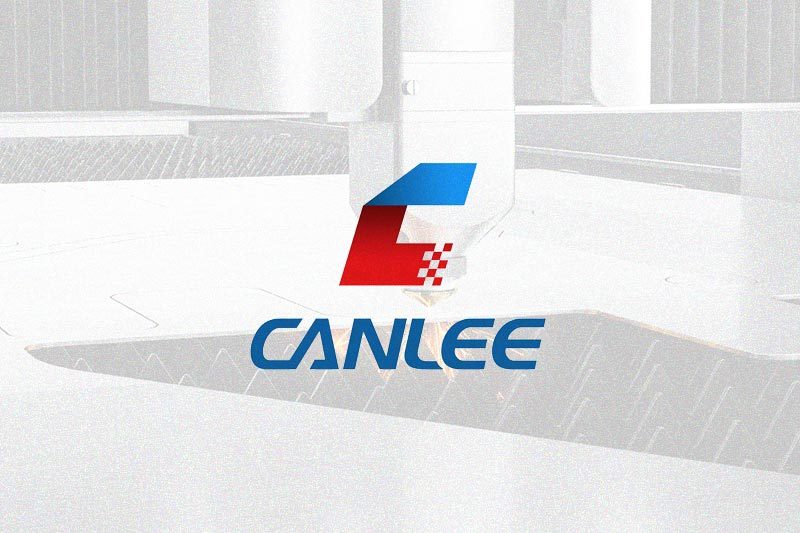The Rise of the Artificial Stone Production Line: A Game Changer in Construction
Introduction to Artificial Stone
Ever walked into a modern kitchen or bathroom and thought, "Wow, this looks stunning!"? Chances are, that gorgeous countertop or backsplash was crafted from artificial stone. This innovative material is not just a pretty face; it’s a testament to the advancements in manufacturing technology, particularly the artificial stone production line.
What is Artificial Stone?
Artificial stone, often referred to as engineered stone, is a composite material made from crushed stone, resin, and pigments. Unlike natural stone, which is quarried from the earth, artificial stone is produced in a controlled environment, allowing for consistent quality and an endless variety of colors and patterns. This versatility is one of the primary reasons it has taken the construction industry by storm.
The Artificial Stone Production Line: A Closer Look
The backbone of producing artificial stone is the artificial stone production line. This sophisticated setup combines cutting-edge technology with skilled craftsmanship to create the perfect slabs for all your design needs. So, how does it work? Let’s break it down:
1. Raw Material Preparation
The journey begins with the selection of raw materials—granite, quartz, and resin, just to name a few. These components are carefully measured and mixed to ensure the desired aesthetics and durability.
2. Molding and Compacting
Next up is the molding process. The mixture is poured into molds and compacted under high pressure. This step is crucial as it defines the stone's density and strength. Talk about a solid foundation!
3. Curing and Polishing
After molding, the slabs undergo a curing process, where they harden and become robust. Once cured, they’re polished to perfection, showcasing that glossy finish we all love. Voila! It’s like magic, but with science.
Why the Buzz About Artificial Stone?
Now, you might be wondering, why is everyone talking about the artificial stone production line? Well, here are a few reasons:
- Durability: Artificial stone is resistant to scratches, stains, and heat, making it ideal for high-traffic areas.
- Eco-Friendly: Many manufacturers use recycled materials, reducing waste and environmental impact.
- Customization: With a multitude of colors and patterns available, designers can create unique spaces tailored to individual tastes.
Challenges in the Industry
Despite its many advantages, the artificial stone industry isn’t without its challenges. The initial setup of an artificial stone production line can be costly, and sourcing sustainable raw materials remains a hot topic. Manufacturers are constantly innovating to address these issues, striving for greener production methods.
The Future of Artificial Stone Production
So, where do we go from here? As technology continues to evolve, so will the artificial stone production line. Expect to see advancements in automation, enhancing efficiency and reducing labor costs. Plus, with the rise of 3D printing, who knows? We might just see custom stone designs made right at your doorstep!
Conclusion: Embracing the Change
In conclusion, the artificial stone production line is not just a trend; it’s a glimpse into the future of construction and design. With its durability, aesthetic appeal, and eco-friendly options, it’s clear that artificial stone is here to stay. So, the next time you admire a beautiful stone surface, remember the innovative process behind it. It’s a real game changer!
Tag:
recommend News
Unveiling the Future: The Rise of the Artificial Stone Production Line



